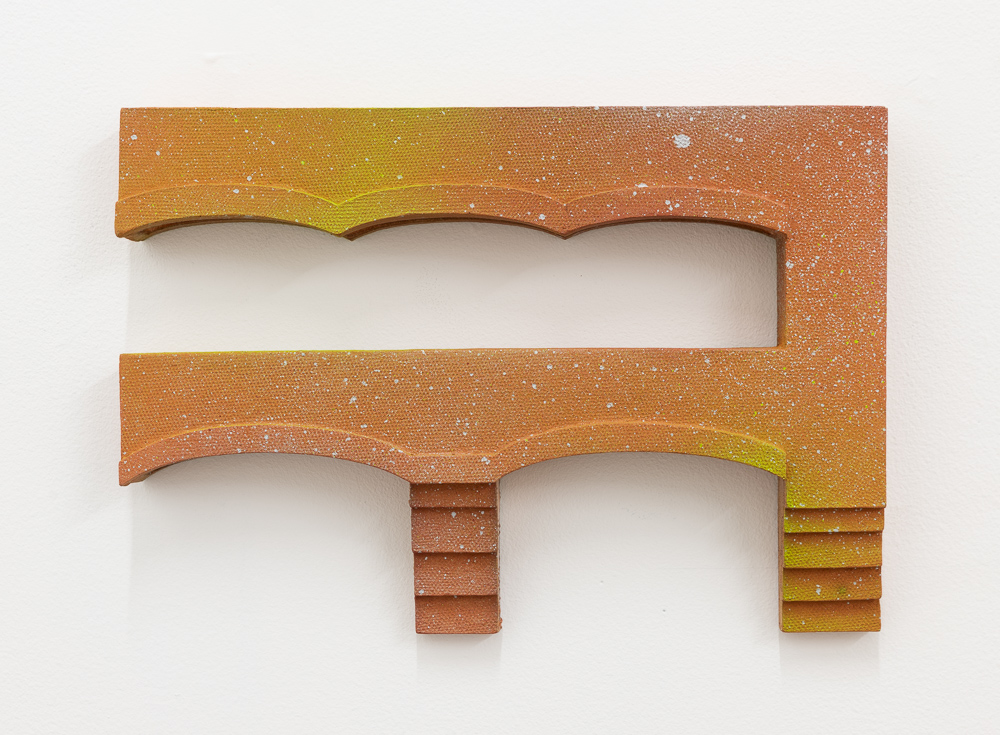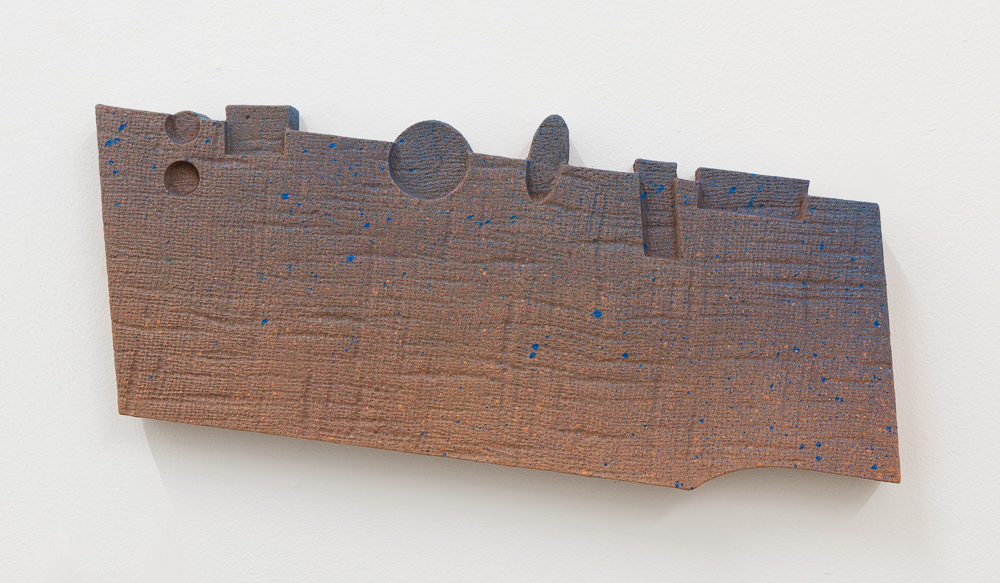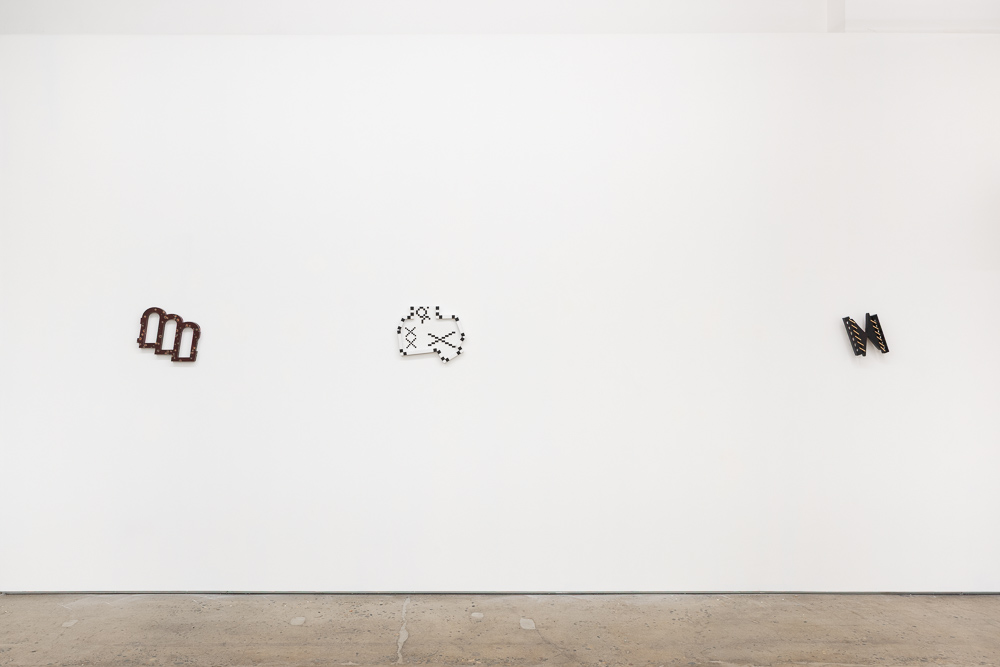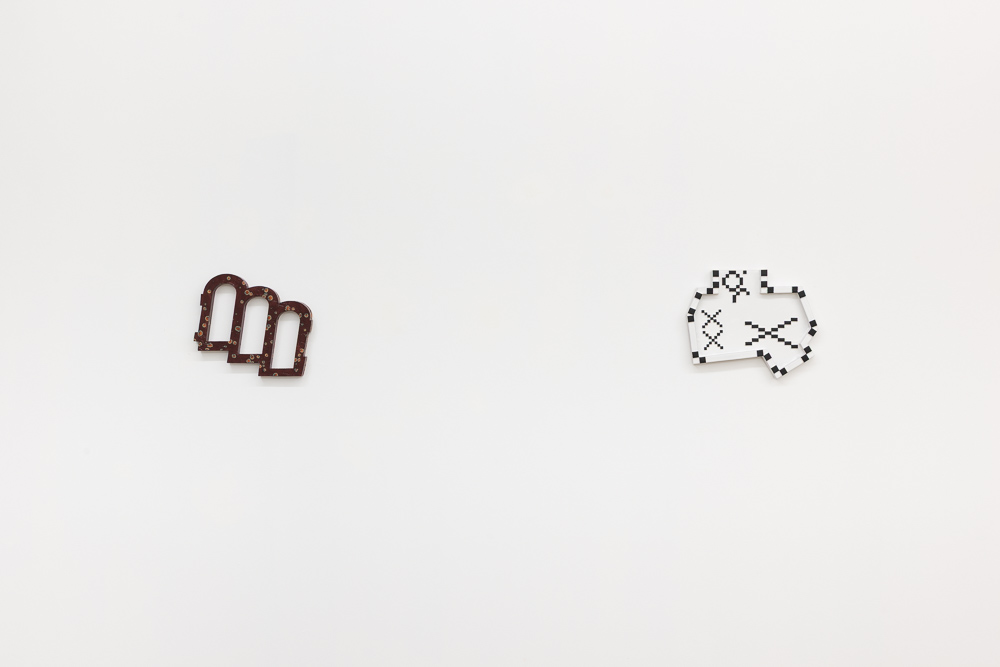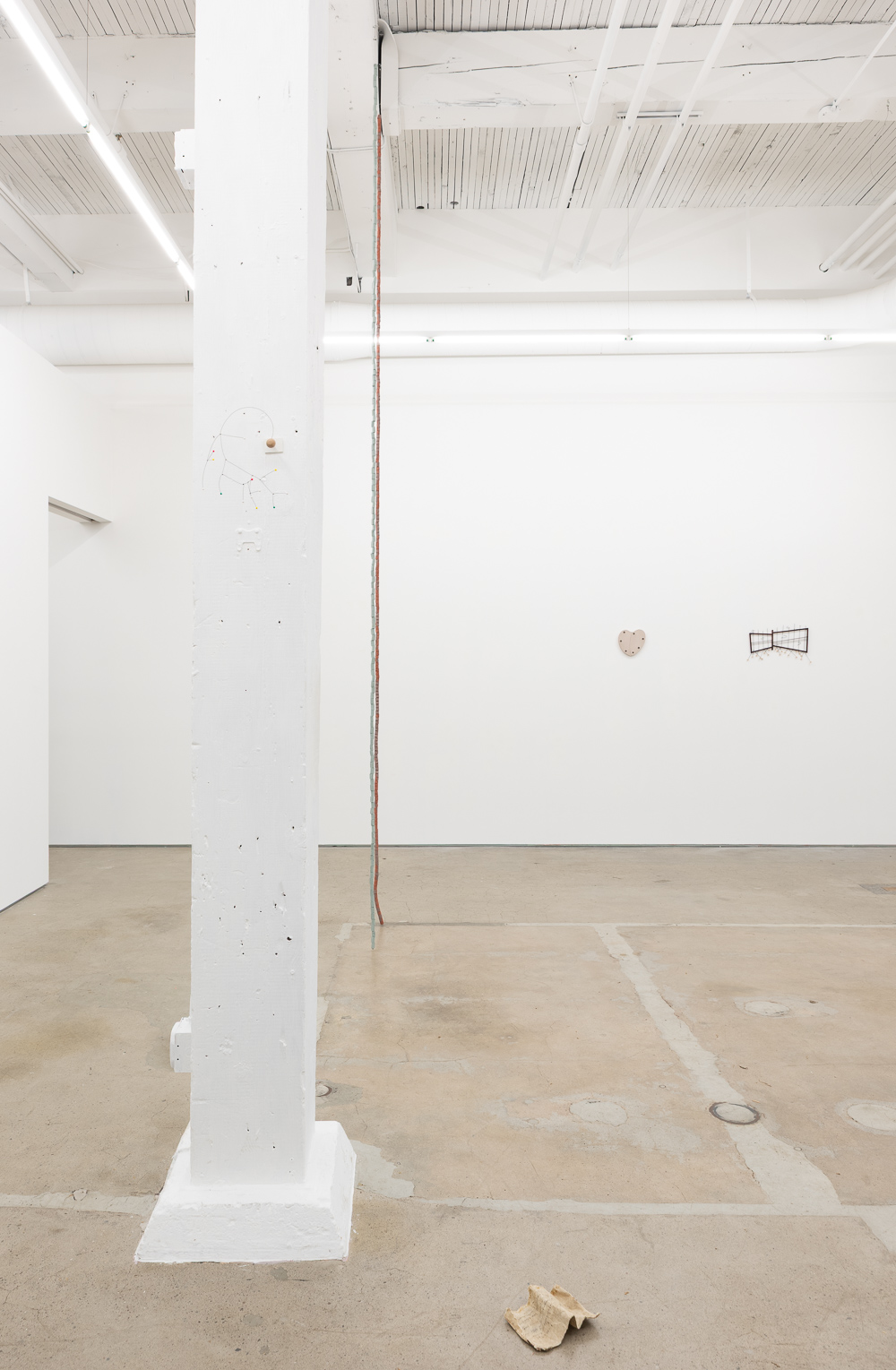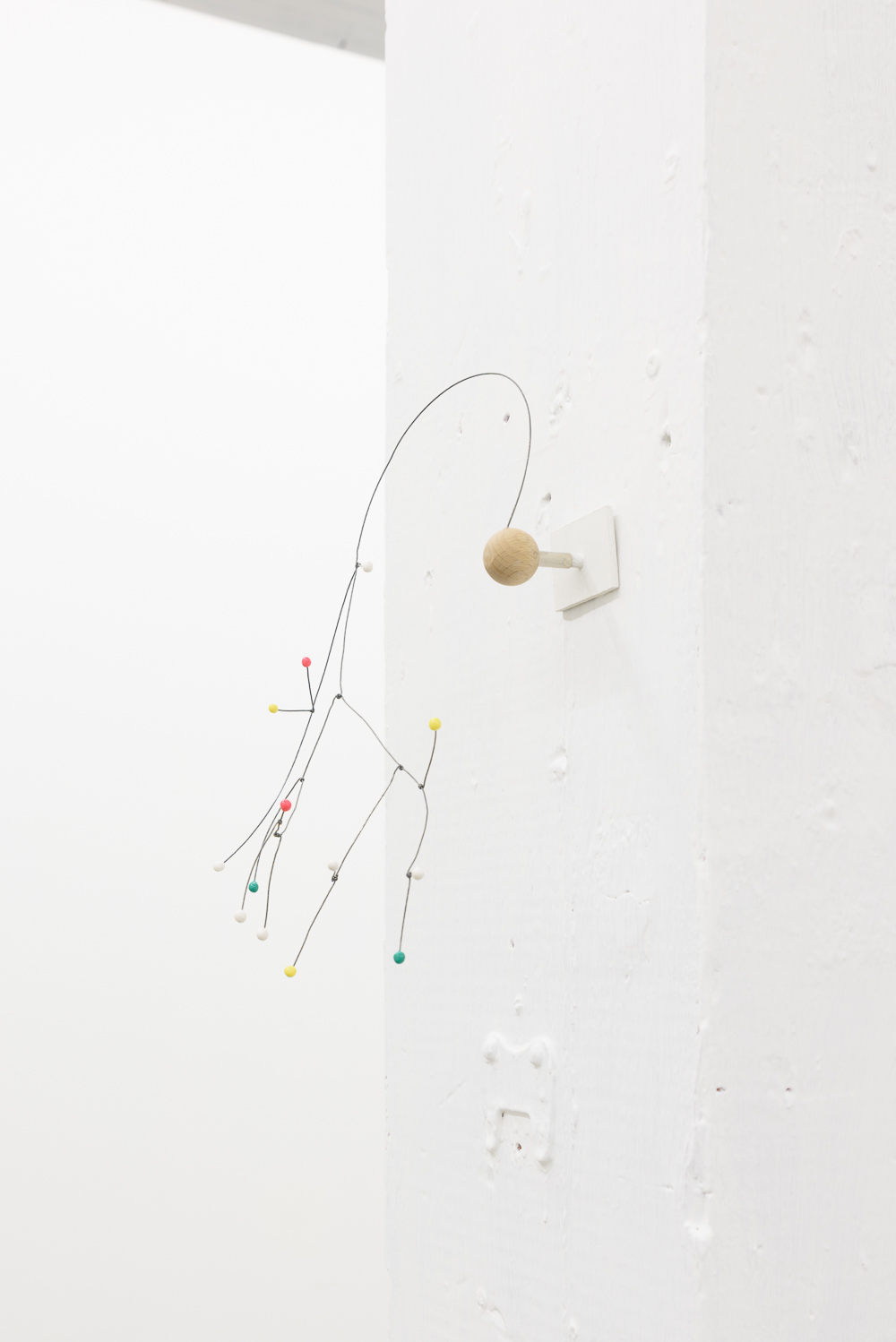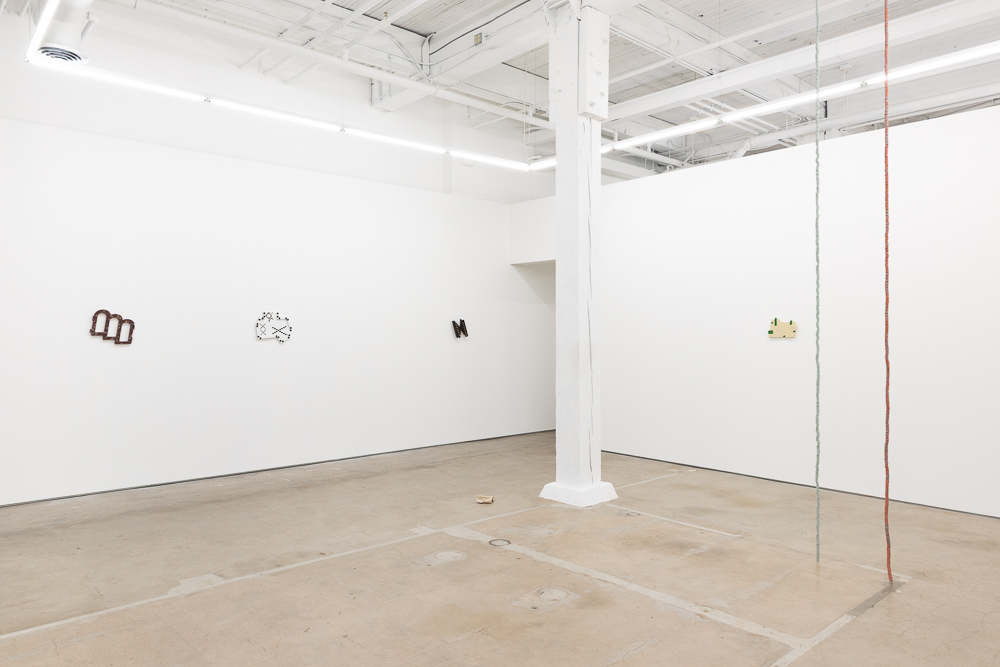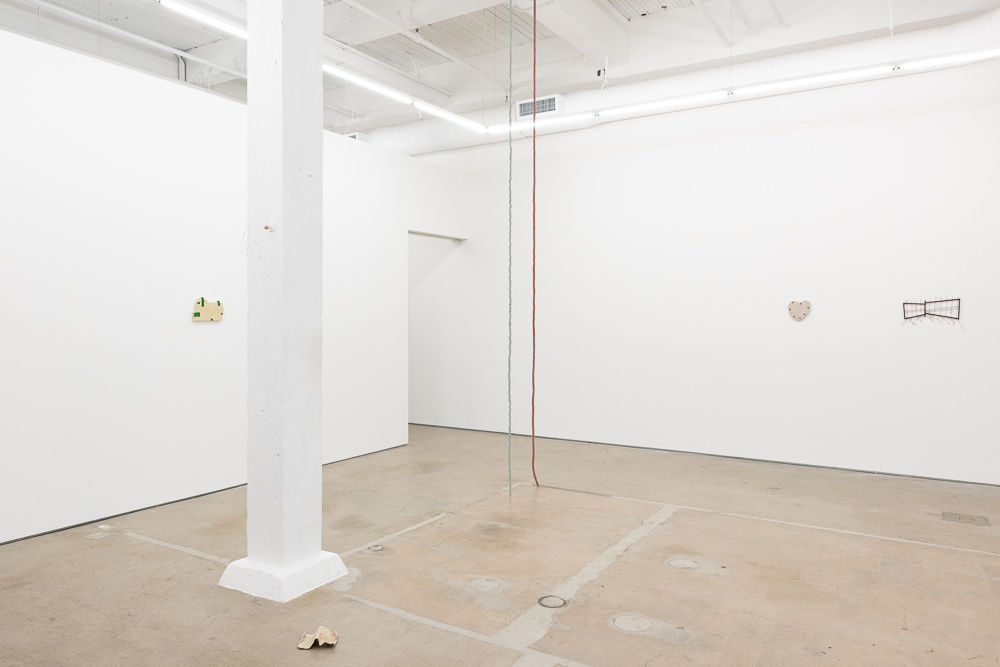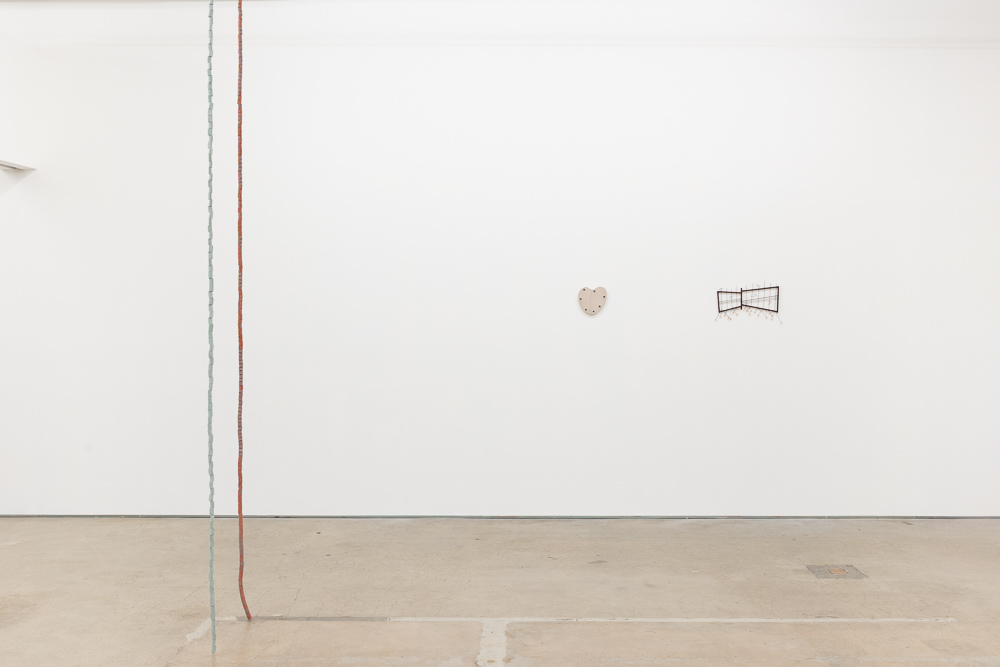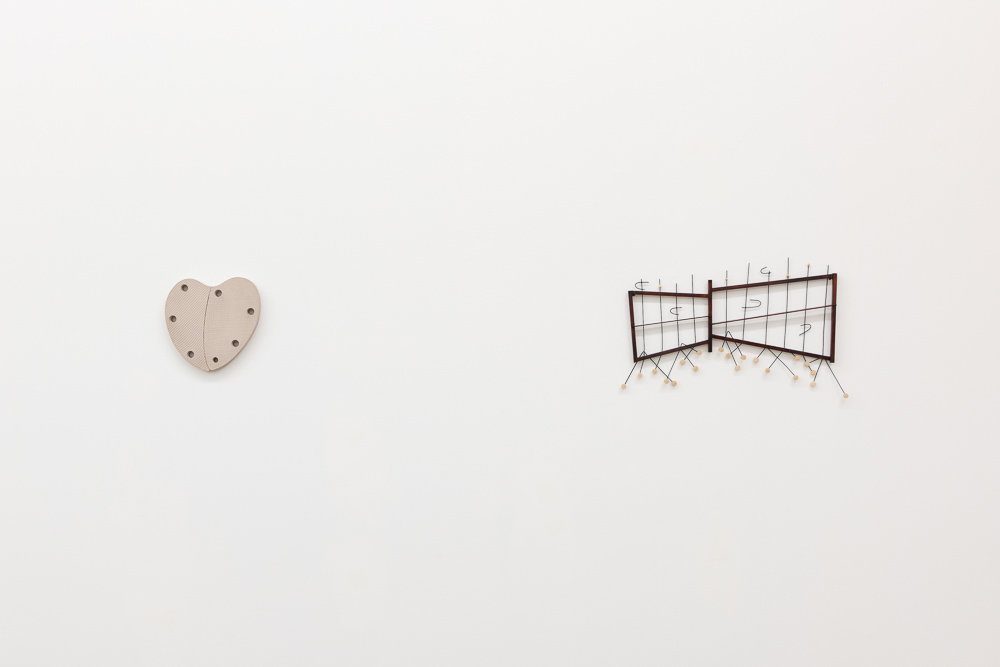Noriko Kawana (b. 1988, Iwate, Japan; lives and works in Tokyo, Japan) earned a BFA from Tama Art University, Tokyo, Japan in 2012. Her work has been shown at AKIBATAMABI21, second 2., and TANA Studio, all Tokyo, Japan, amongst other venues.
Nao Kikuchi (b. 1988, Tochigi, Japan, lives and works in Karlsruhe, Germany) earned an MFA in 2013 and a BFA in 2011 from Tama Art University, Tokyo, Japan. She studied at the Academy of Fine Arts Karlsruhe, Karlsruhe, Germany, from 2020 to 2023. Her work has been included in exhibitions at Kunsthalle Mulhouse, Mulhouse, France; Galerie Crone, Vienna, Austria; POLA Museum Annex, Tokyo, Japan; Kunstverein FABRIKculture, Hégenheim, France; and Kunst Raum, Riehen, Switzerland, among others venues.
Hikari Ono (b. 1990, Lüneburg, Germany, lives and works in Tokyo, Japan) earned a BFA from Tama Art University, Tokyo, Japan in 2014. Her work has been included in exhibitions at The Ueno Royal Museum, Tokyo, Japan; Kunsthalle Zurich, Zurich, Switzerland; Kurumaya Museum Ogawa House, Tochigi, Japan; and The National Art Center, Tokyo, Japan, among other venues.
Kenji Ide (b. 1981, Yokosuka, Japan; lives and works in Tokyo, Japan.) earned an MFA from Tama Art University, Tokyo, Japan in 2006. He has had solo exhibitions at Wschód Gallery and the Adam Mickiewicz Museum of Literature, both Warsaw, Poland; Adams and Ollman and the Portland Japanese Garden, both Portland, Oregon; KAYOKOYUKI and GOYA Curtain, both Tokyo, Japan, amongst other venues. His works has been included in group exhibitions at Société, Berlin, Germany; Laurel Gitlen, New York, NY; Crèvecœur, Paris, France; Guimarães, Vienna, Austria; and Art Center Ongoin and XYZ Collective, both Tokyo, Japan. Ide's work is in the permanent collection of the Portland Art Museum, Portland, OR.
—
Picture, if you will, a quiet morning. A small group of people are gathered around a table, sharing breakfast. They talk about the day ahead, or reflect on how they slept the night before. Each of them has a similar piece of toast, and they are thoughtfully considering what to place upon it.
Now, imagine what happens when different artists come together in the same space. Educational backgrounds, the local environment, regional characteristics, cultural influences, and the landscape all play a role—but what I find most compelling is the relationships and interactions between the artists themselves. These relationships can foster empathy, but they can also bring out distinct differences.
The three artists participating in this exhibition and myself once shared a studio space. It was an organically structured environment with no clearly defined work areas. Conversations easily flowed into one another’s creative spaces; the proximity fostered natural interaction. Artistic creation is never isolated from outside influences. Inspiration, I believe, arises through a blend of one’s internal experiences and external stimuli. In that sense, those of us who shared that space—myself included—may carry with us a set of overlapping influences.
After my exhibition in Portland last year, I began to imagine this show as a way to introduce those shared, intimate influences. In any community, artists often share what moves them within intimate circles, shaping their own work in the process. It may seem like a fleeting moment, one that takes place around a small table, but I believe it is a moment of quiet beauty.
Although the artists in this exhibition share certain influences, each has developed a unique approach. Their work is tactile and painterly, but not painting. There is a strong sense of touch in all the pieces, though it is expressed differently by each artist.
For example, Hikari Ono’s work is emblematic in this regard—the texture of clay is visible in its raw form. Her ability to preserve or re-create a fleeting expression, to preserve a moment in time, is akin to capturing a moment of nature’s ephemeral beauty. The scale of her work reinforces this sense of intimacy, as it lies comfortably within the size of one’s hand. Her practice, ongoing since 2016, has had a profound influence on us.
Kikuchi’s works, too, operate within the scale of the hand. However, her forms suggest a different, industrial use of the hand—almost as if fragments of architecture have been excised and repurposed. Since relocating to Germany, this series appears to translate and critique elements of Western architectural ornamentation from her own cultural and personal perspective.
Kawana’s works, by contrast, evoke the traditional nature of the hand through craft-like techniques. Their shapes resemble tools, suggesting both utility and inherited tactile knowledge. Her work conveys the role of the hand in making, but with an atypical, subcultural Japanese sensibility that stands out.
I believe this quality of tactility is a vital and defining aspect of Japanese art. From it arise subtle differences that give birth to distinctive expressions. Some may classify it as a matter of craft, but what I wish to emphasize is the freedom and precision of the hand that emerges from such techniques. Through this exhibition, I hope visitors will sense the current nature and sensibility of our hands.
Once more, I return to the image of that small table. It may be just a fleeting moment, yet I believe it is a profoundly beautiful one—like a quiet morning in which nothing has yet been decided. We may not know what the day holds, but we can already picture in our minds what we wish to place on each piece of toast.
– Kenji Ide
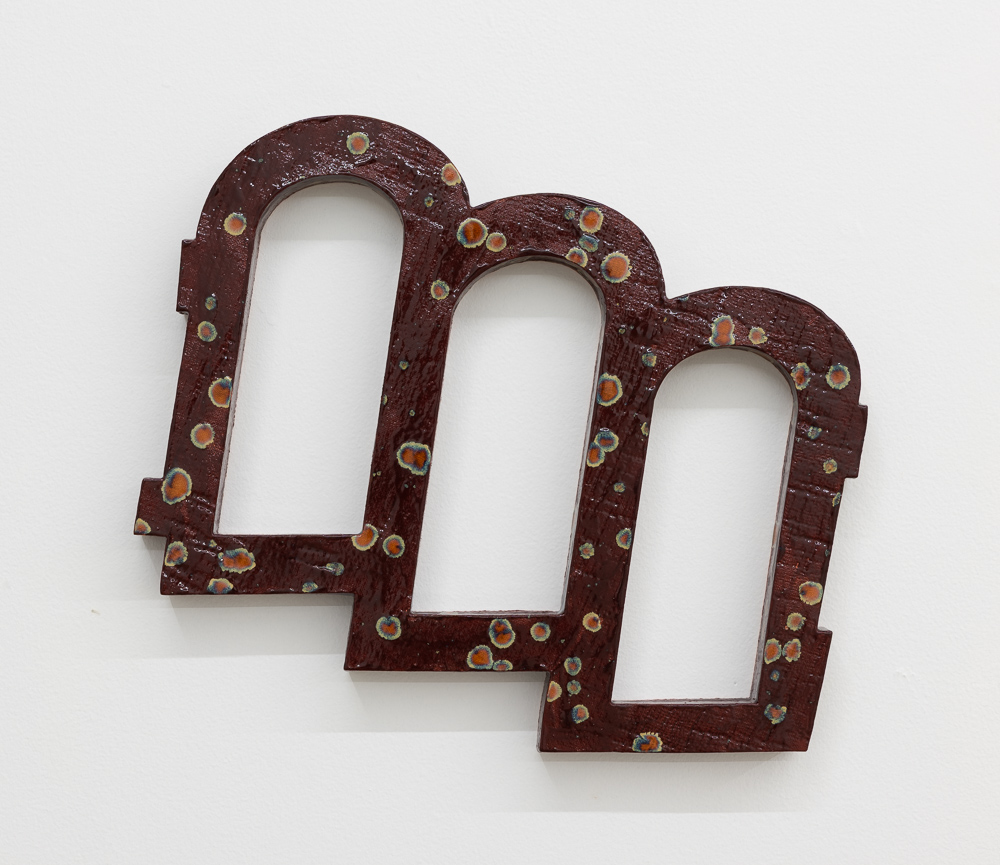
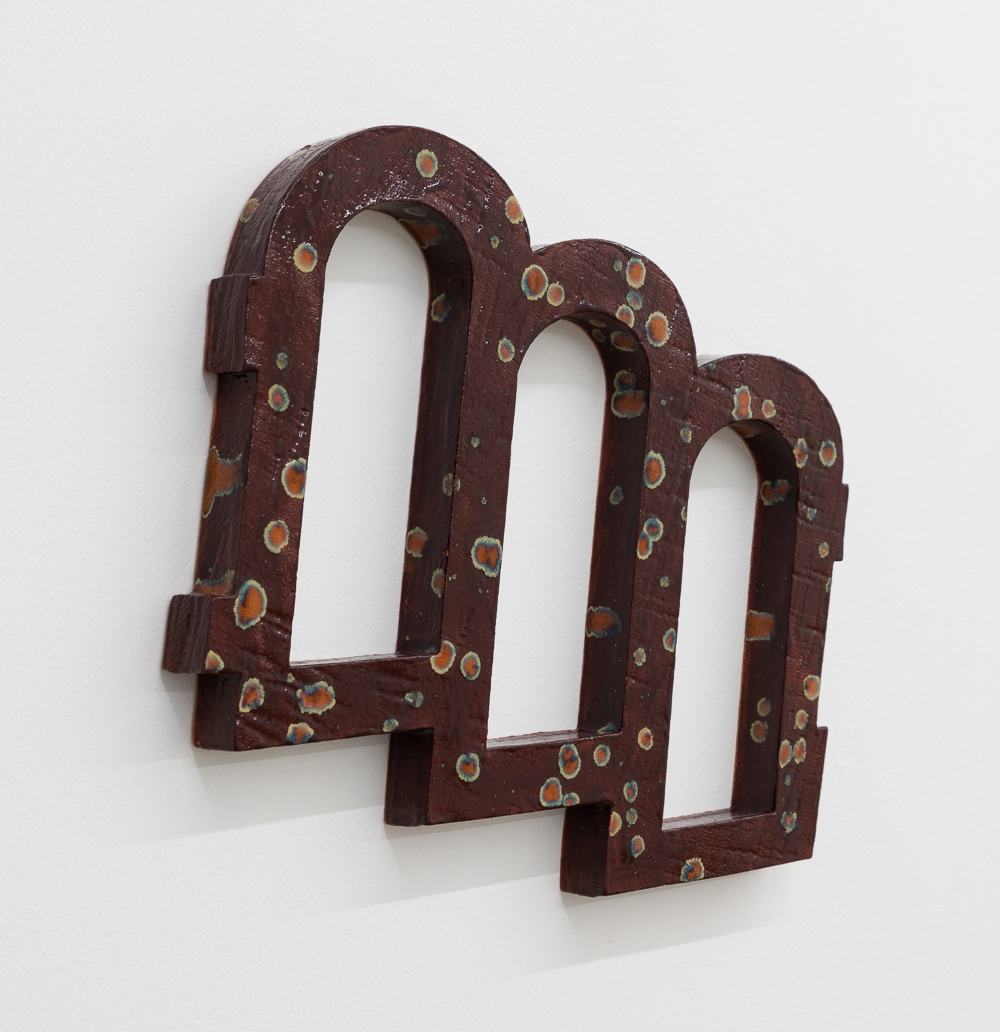


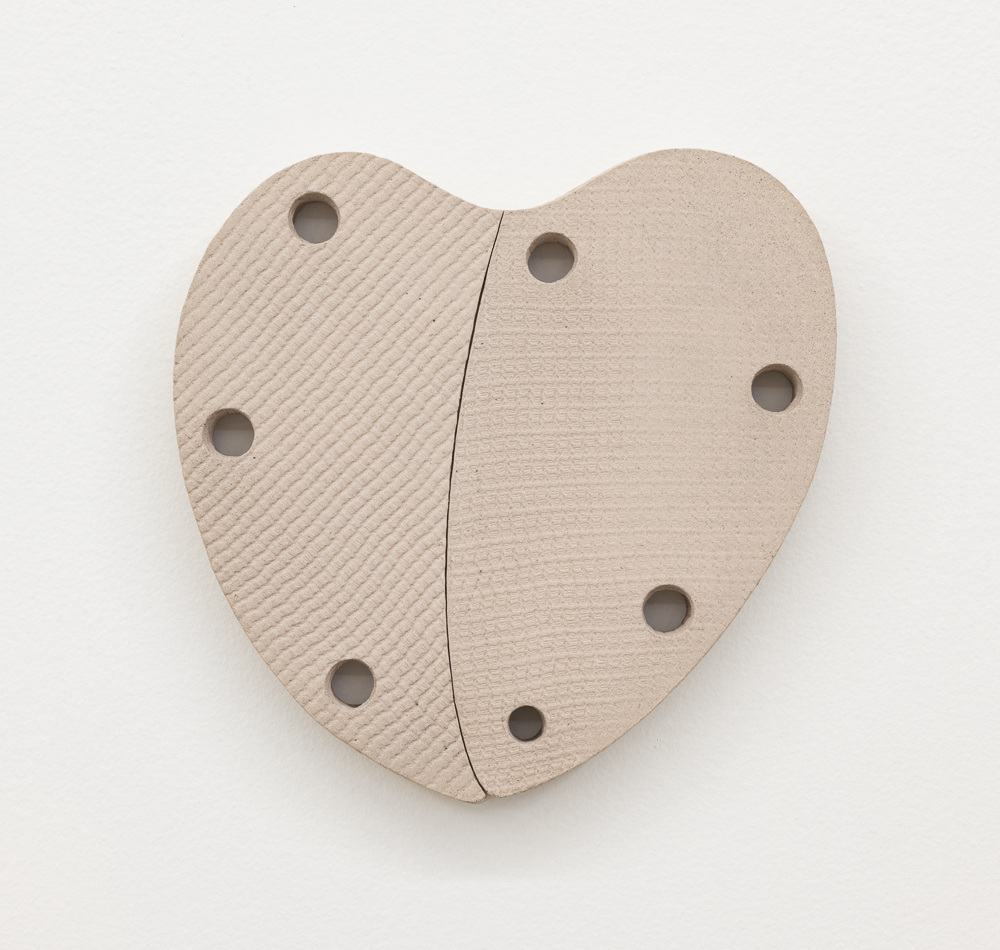
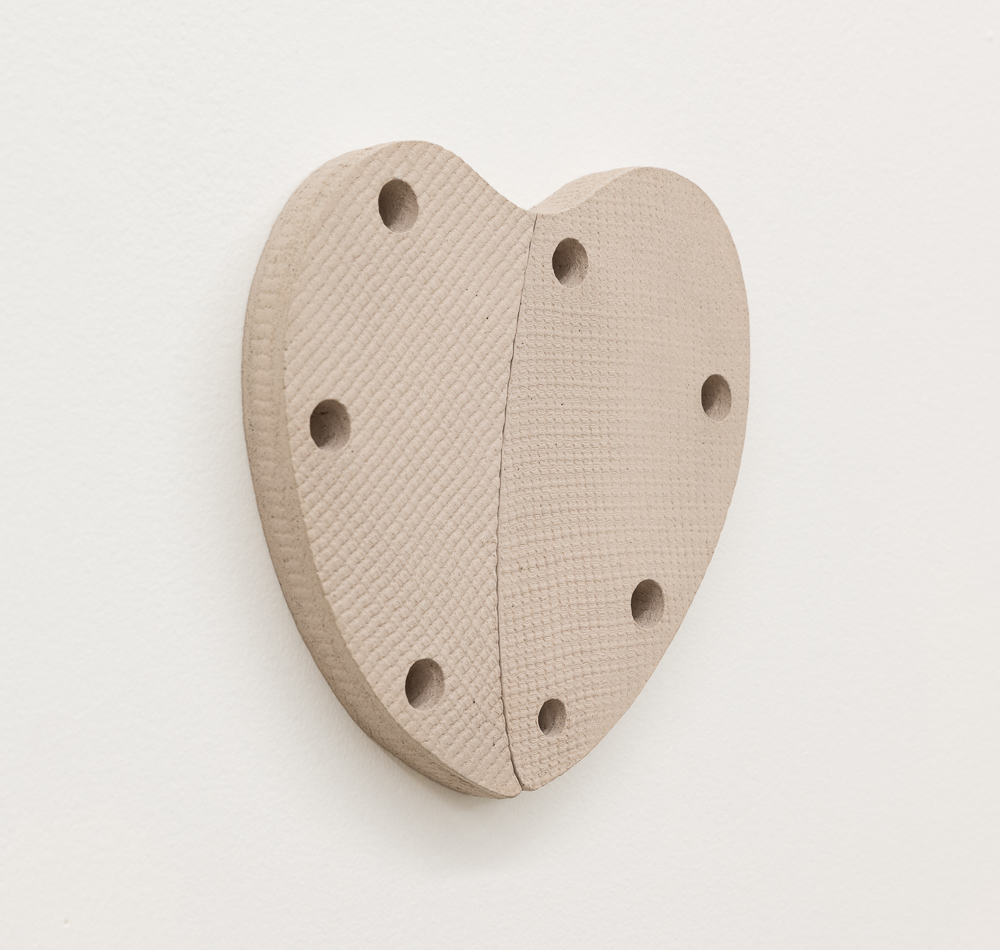
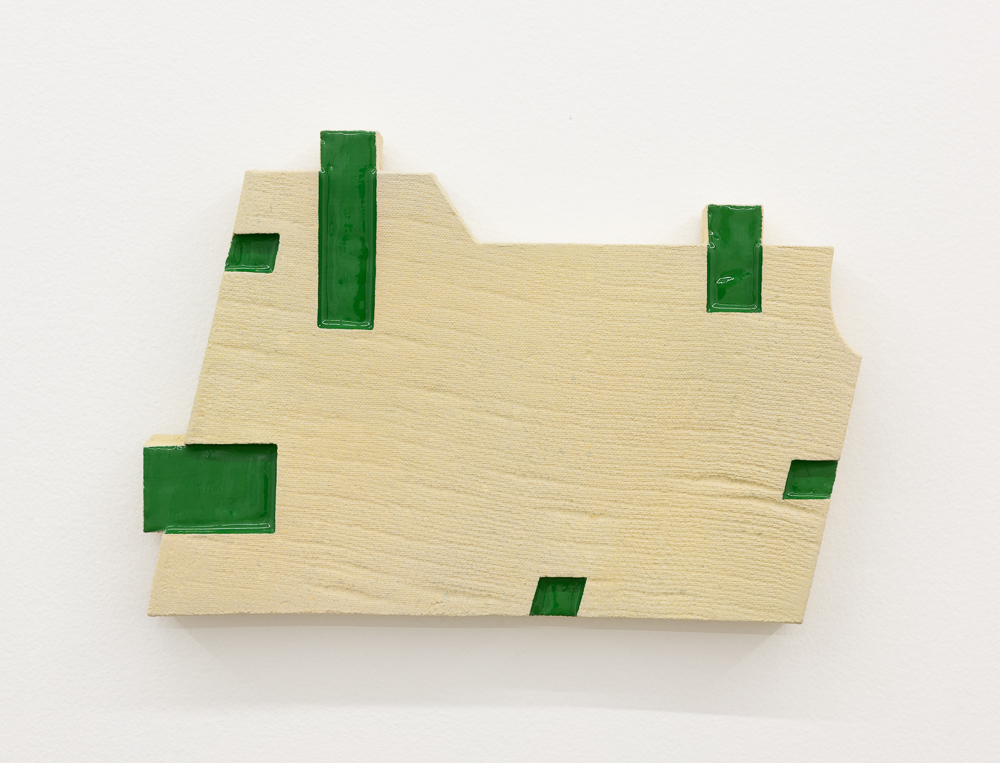
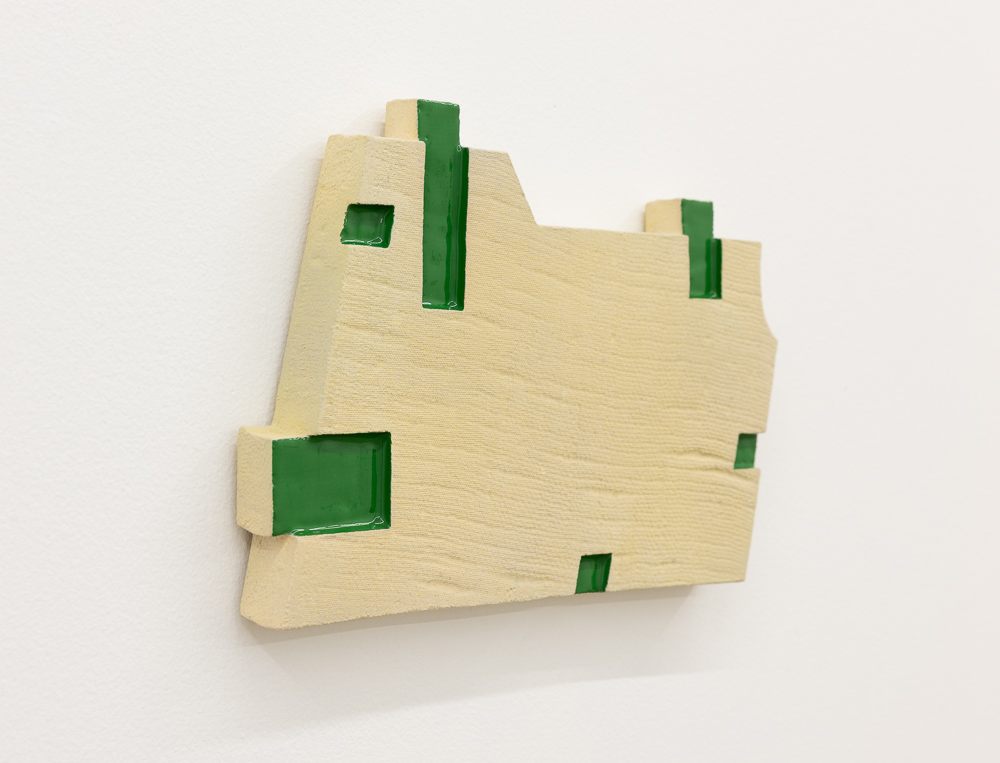




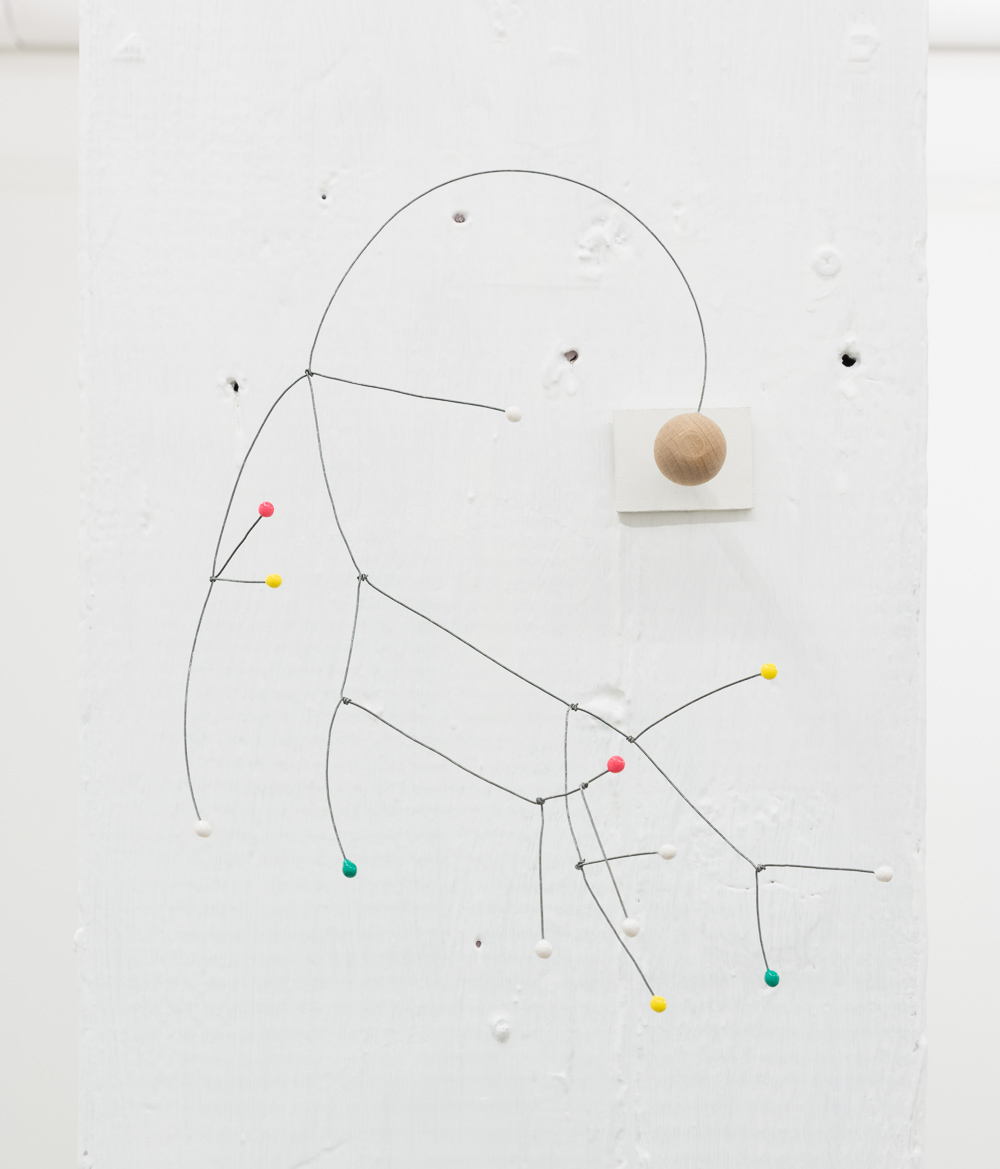 Noriko Kawana
Noriko Kawana





